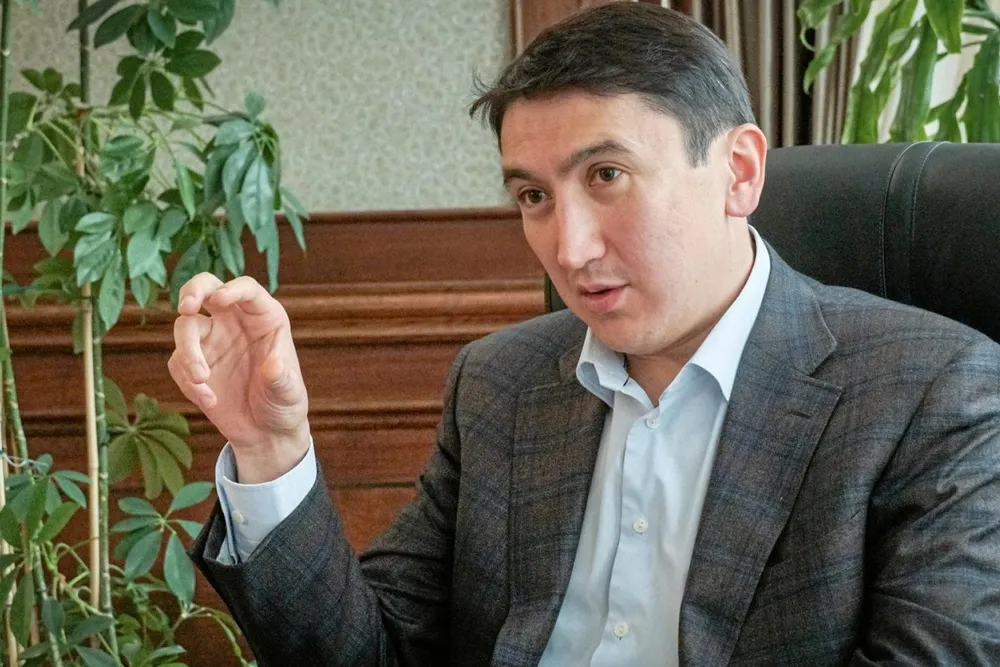KazMunayGaz signs up for decarbonisation drive with Chevron and EBRD
Kazakhstan’s state controlled oil producer seeks foreign expertise and advice in dealing with energy transition challenges

Kazakhstan’s state controlled oil producer seeks foreign expertise and advice in dealing with energy transition challenges
